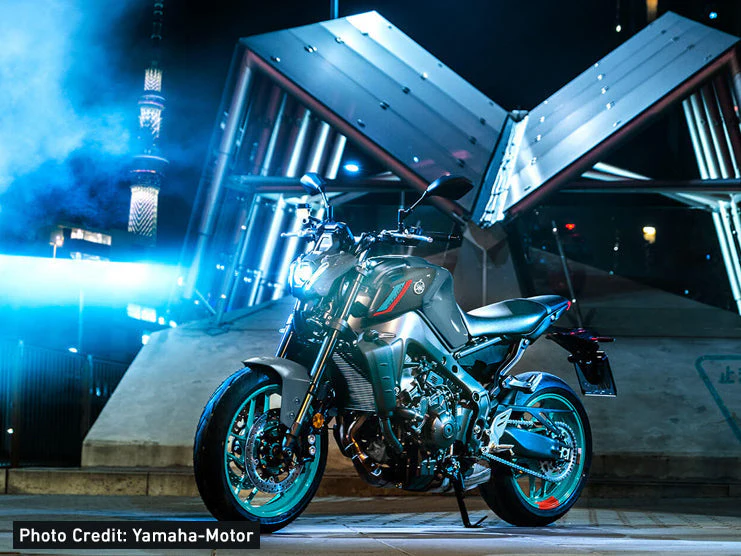Motorcycle lighting technology is often a neglected or less important feature on most motorcycles. However, it should be one of the most crucial components as it ensures safety. Motorcycle lighting has numerous subcategories, including the headlamp, tail light, and turn indicators. The headlamp on a motorcycle usually includes different lights or bulbs for low and high beams. Low beams are for normal riding conditions. Meanwhile, there are instances when you need a high beam headlamp to ensure you have a better view ahead and can ride safely, particularly while riding in the dark.
Old motorcycles were usually installed with halogen light bulbs that were bright but consumed the most electric power. They become dim over time with usage and drain the battery quickly as well. There are certain old-style models still produced with halogen light bulbs. Meanwhile, most motorcycles nowadays are equipped with LED lighting. The LED lighting is quite efficient and uses less electric power.
As every other technology in the automobile sector is changing and improving, lighting has also become a major focus for most manufacturers. BMW became the first automobile manufacturer to introduce laser light technology to installation in its vehicles’ headlights. Laser light technology is highly energy-efficient, cost-effective, and provides superior visibility. To take advantage of the laser light technology, Yamaha has decided to use it in motorcycles and has also filed a patent for its coming laser light technology.
Going one step further, Yamaha has planned to light all the motorbike lighting using a single laser light source. This, in turn, will provide several advantages, including reduced machinery and weight. The new laser light technology in motorcycles will not be using traditional laser light concepts, as the major aim is to keep the cost factor as minimal as possible.

The question arises of how Yamaha is going to transmit light from a single laser light source to multiple lights on a motorcycle, including the headlight, tail light, and turn signals. According to the recent patent filed by Yamaha, the company will place the main laser light source under the seat of a motorcycle and will use optical fiber to transmit the light to multiple light sources.
As shown in the scooter’s drawing on the patent, the main laser light source will be placed at the base of the scooter where riders place their feet, and likewise, the fiber optics will carry the light energy to the secondary lighting source installed on the scooter.
The reason why laser light technology was limited to luxurious and high-end automobiles is because of its complex functioning and high cost. When it comes to motorcycles, agility and maneuverability are the two major considerations in the designing and production phase, and they are highly dependent on the weight of the motorcycle. This is one major reason why motorcycles have never used laser light technology. However, Yamaha has successfully overcome both the issues of cost and weight.
Yamaha’s latest laser technology system in motorcycles uses filters to dim or intensify the light and optical switches to turn the laser lights on and off.
As already discussed, laser light technology provides several benefits if used properly. It is highly energy-efficient, provides clear visibility, and lights up the road to a greater distance than LED and halogen lights. However, laser lights are mostly used in conjunction with LED lights, as a high-beam option. Under normal riding conditions, LED lights are mostly used. However, while riding in open areas, on highways, and in the dark, especially when you are on a tour, laser light can be used to light up the roads as a high-beam option.
Using laser lights in vehicles is not as simple as using laser lights directly. It involves several steps, from the emission of laser light from the main source to the transmission through your vehicle’s lighting and illuminating the road. When the laser light is turned on, the laser beam is focused on a lens coated with yellow phosphorus. Direct transmission of laser light is harmful to human consumption and can be blinding for other riders and drivers on the road. The yellow phosphorus turns the electromagnetic radiation (blue light) into a less intense and comparatively scattered white light beam. This white light beam, according to several researchers, is not harmful and can find its application in automobile lighting.












Leave a comment
All comments are moderated before being published.
This site is protected by hCaptcha and the hCaptcha Privacy Policy and Terms of Service apply.